Mandrill
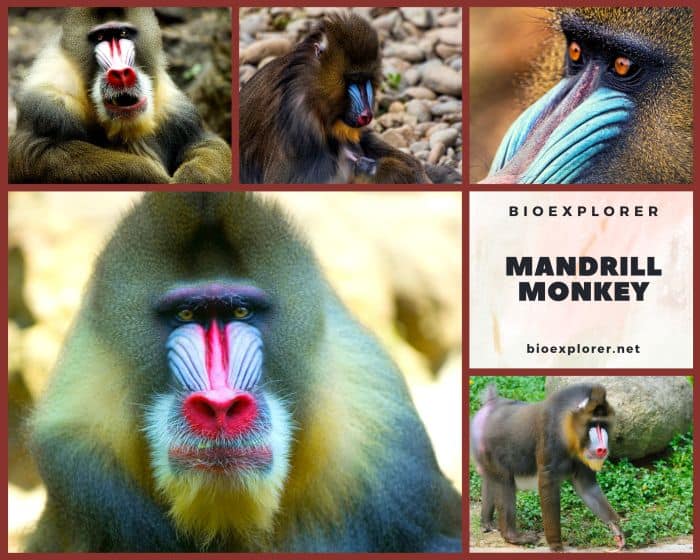
| Kingdom | Order | Family | Genus | Species |
|---|---|---|---|---|
| Animalia | Primates | Cercopithecidae | Mandrillus | Mandrillus sphinx |
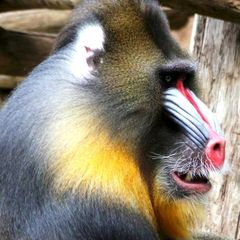

- Common Name: Mandrill
- Taxonomy Classification Year: 1758
- Monkey Size: 61 to 76.4 cm (24.02 to 30.08 in)
- Skin Color(s): Olive green
- Habitat: Forest, rainforest
- Diet: Omnivorous
- Native Countries: Cameroon, Gabon, Equatorial Guinea, Democratic Republic of Congo
Mandrill Distribution
Countries
Cameroon
Gabon
Equatorial Guinea
Democratic Republic of Congo
Mandrill Characteristics
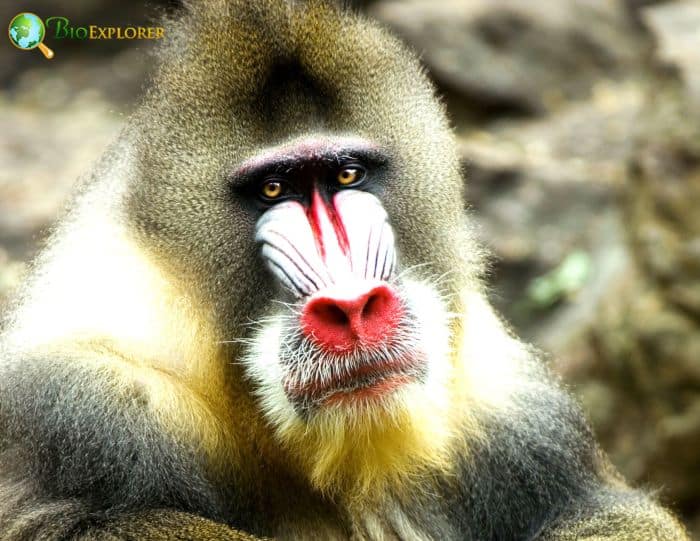
The mandrill[1] (Mandrillus sphinx) is a primate of the Old-World monkey family (Cercopithecidae). It is among the two species in the Mandrillus genus and drill.
- The mandrills reach a height of around 80 cm. The species features a large head, a compact body with long, powerful limbs, and an erect stubby tail.
- The wide range of rotation of the clavicles allows for quadrupedal walking, tree climbing, and arm function.
- The opposable thumbs allow these monkeys to grasp tree branches. Both sexes have paired mammary glands in the chest region.
- The coat is olive green with lighter underparts. It has a bright blue to bare purple rump.
- A mandrill’s face has a red stripe down the center of the snout and around the nostrils, while the sides of the snout are striped lengthwise and blue in color.
- Mandrills have patches of red fur over their eyes and a yellow beard. These colorations are duller in females and juveniles than in adult males.
What Do Mandrills Eat?
The Mandrill nourishes on[¶]:
- Butter Tree (Pentadesma butyracea).
- Boleko Nut (Ongokea gore).
- African Nutmeg (Pycnanthus angolensis).
- African Teak (Milicia excelsa).
- African Oil Palm (Elaeis guineensis).
- Persimmons (Diospyros)
What Eats Mandrills?
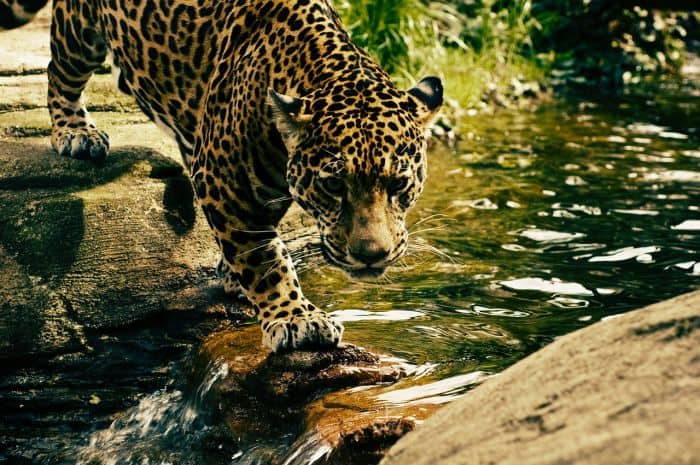
Leopards (Panthera pardus) are the primary predators of Mandrills[§].
Mandrill Facts
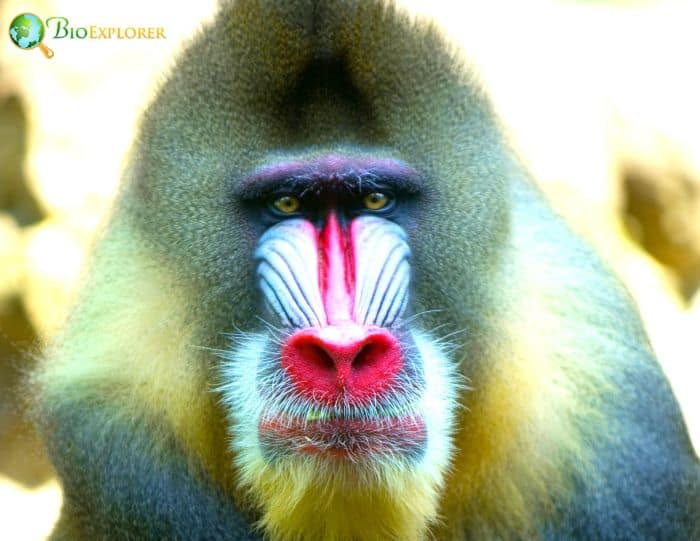
- Groups of mandrills can vary from a few individuals to 50 individuals.
- Although the dominant male will often wander away from the group, he will return immediately at the slightest sign of danger.
- Mandrills live on the ground during the day and sleep in trees at night.
- Their bright coloring in the female species is a crucial feature of social behavior. For example, when aroused, the padding on her buttocks intensifies blue, her chest turns blue, and red dots may appear on her ankles and wrists.
- To show his delight, a male mandrill shakes his head and shoulders; it is usually an invitation to settle down.

Suggested Reading: Explore All Monkeys
Cite this page
Bio Explorer. (2026, January 6). Mandrill. https://www.bioexplorer.net/animals/mammals/monkeys/mandrill/
